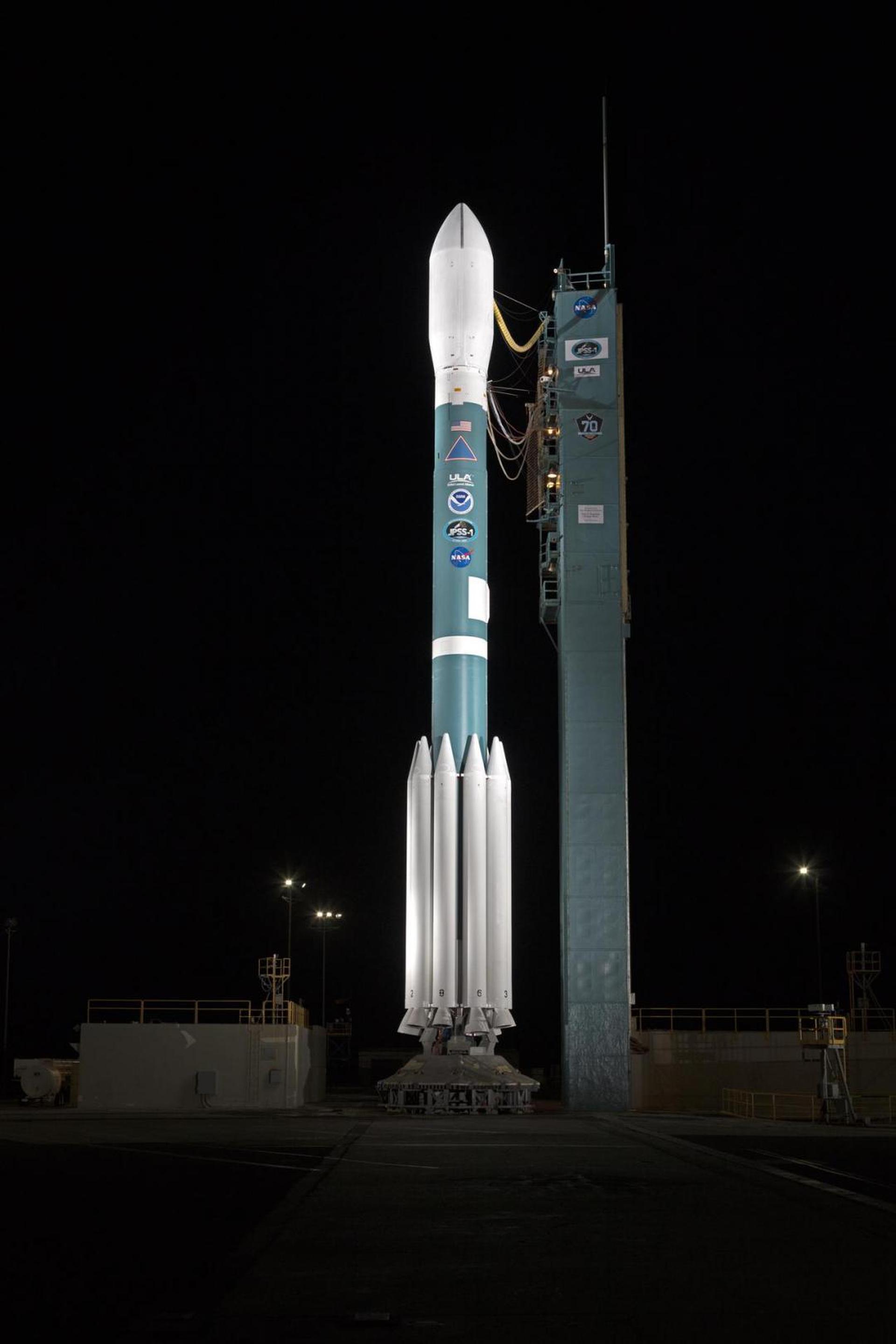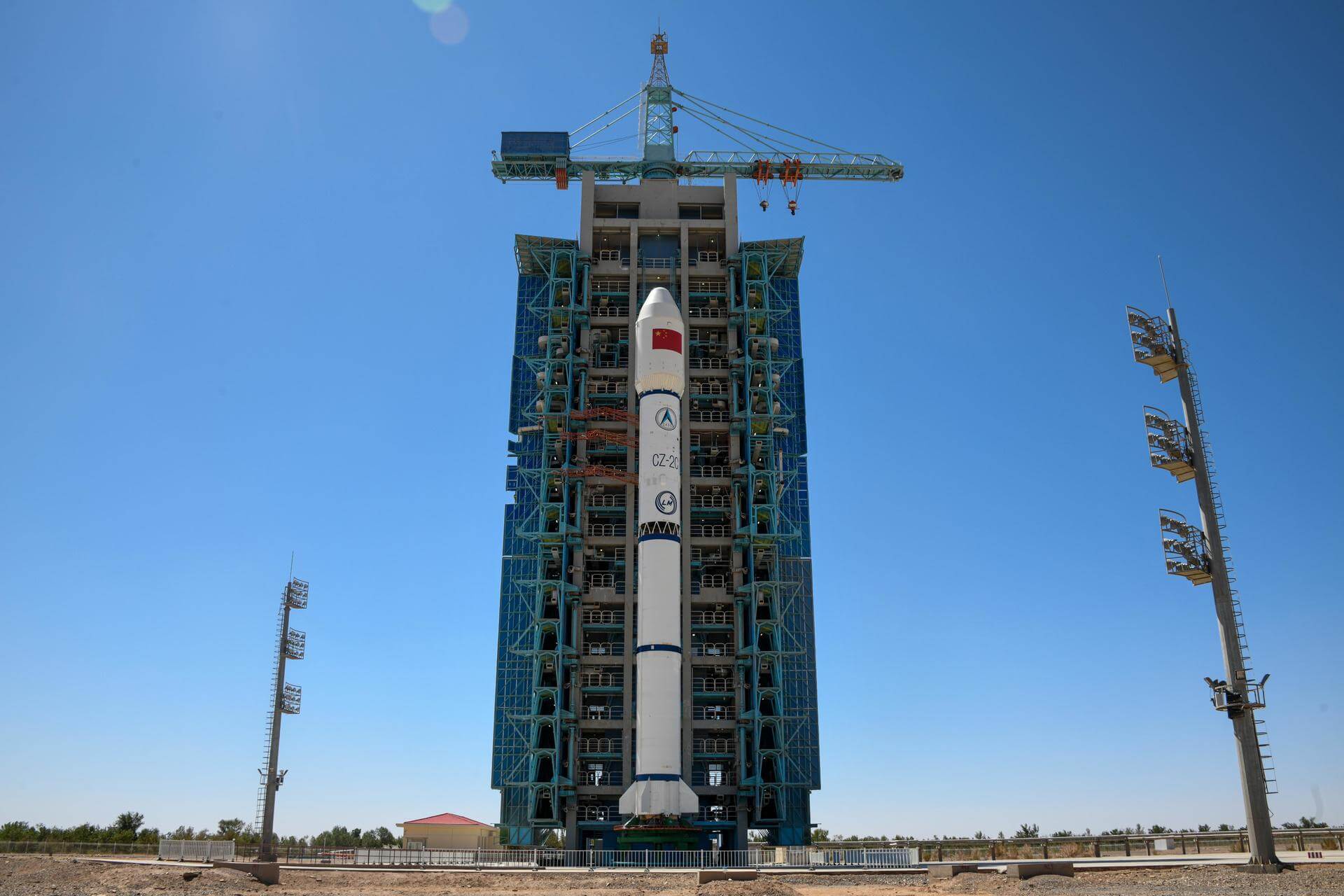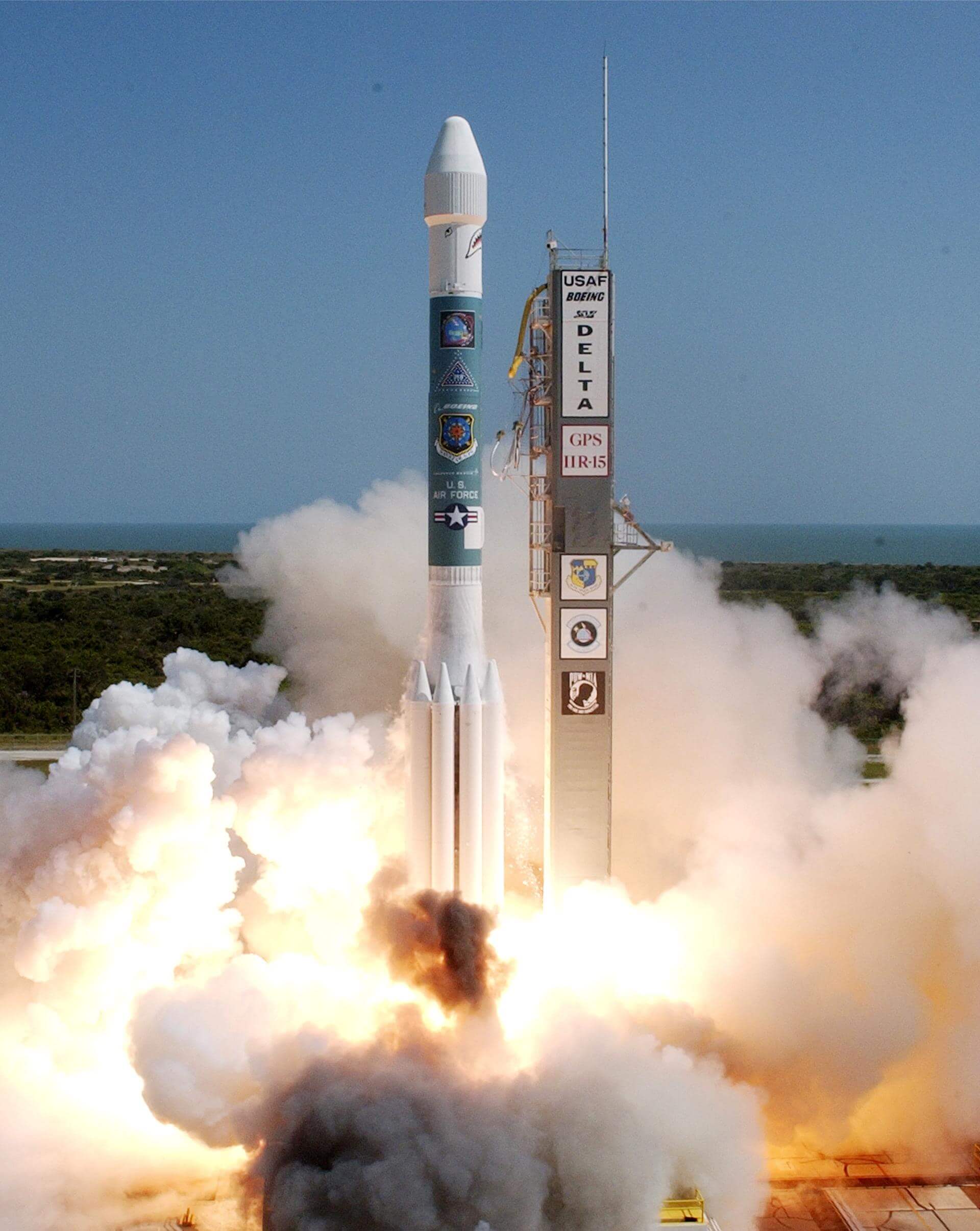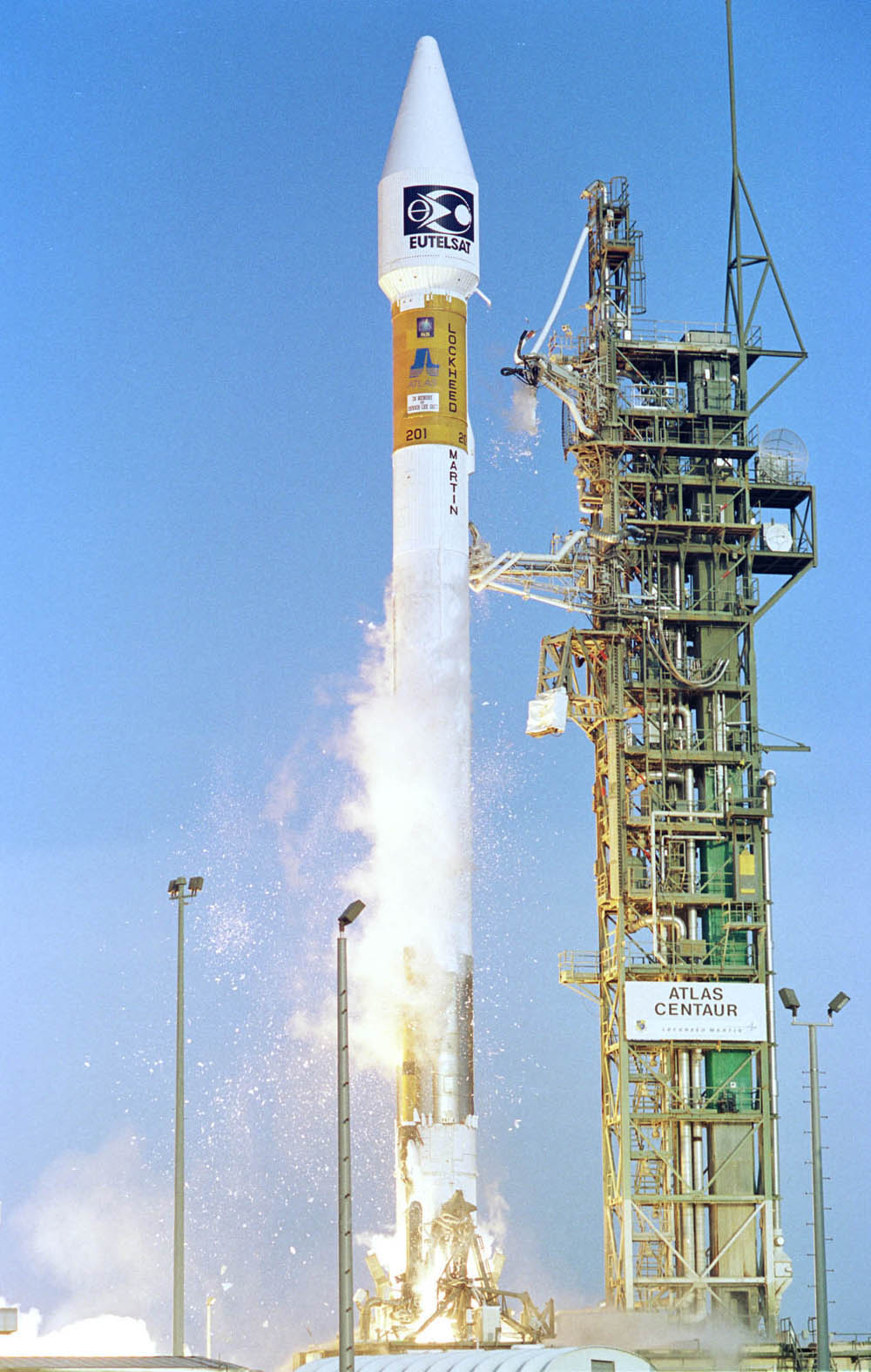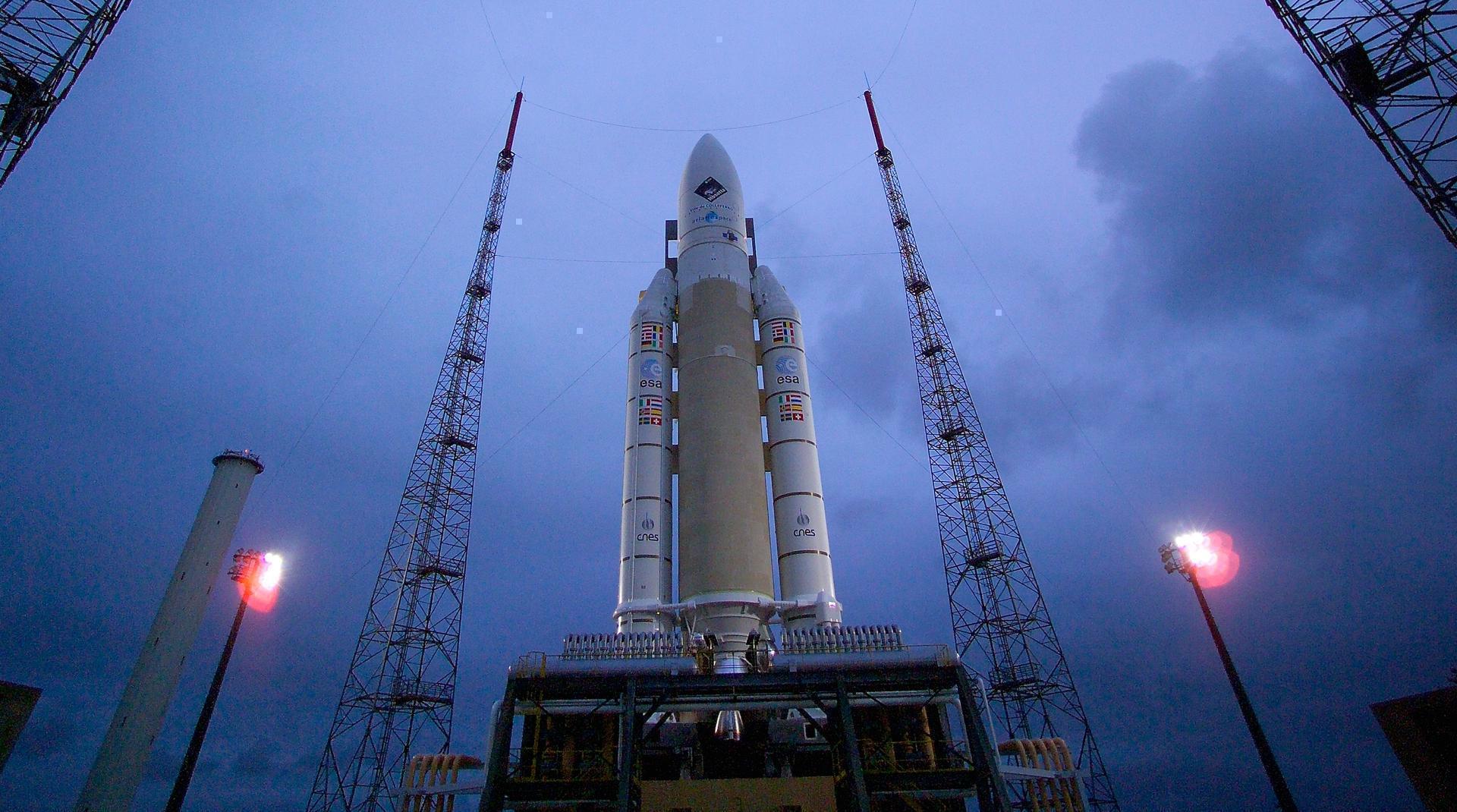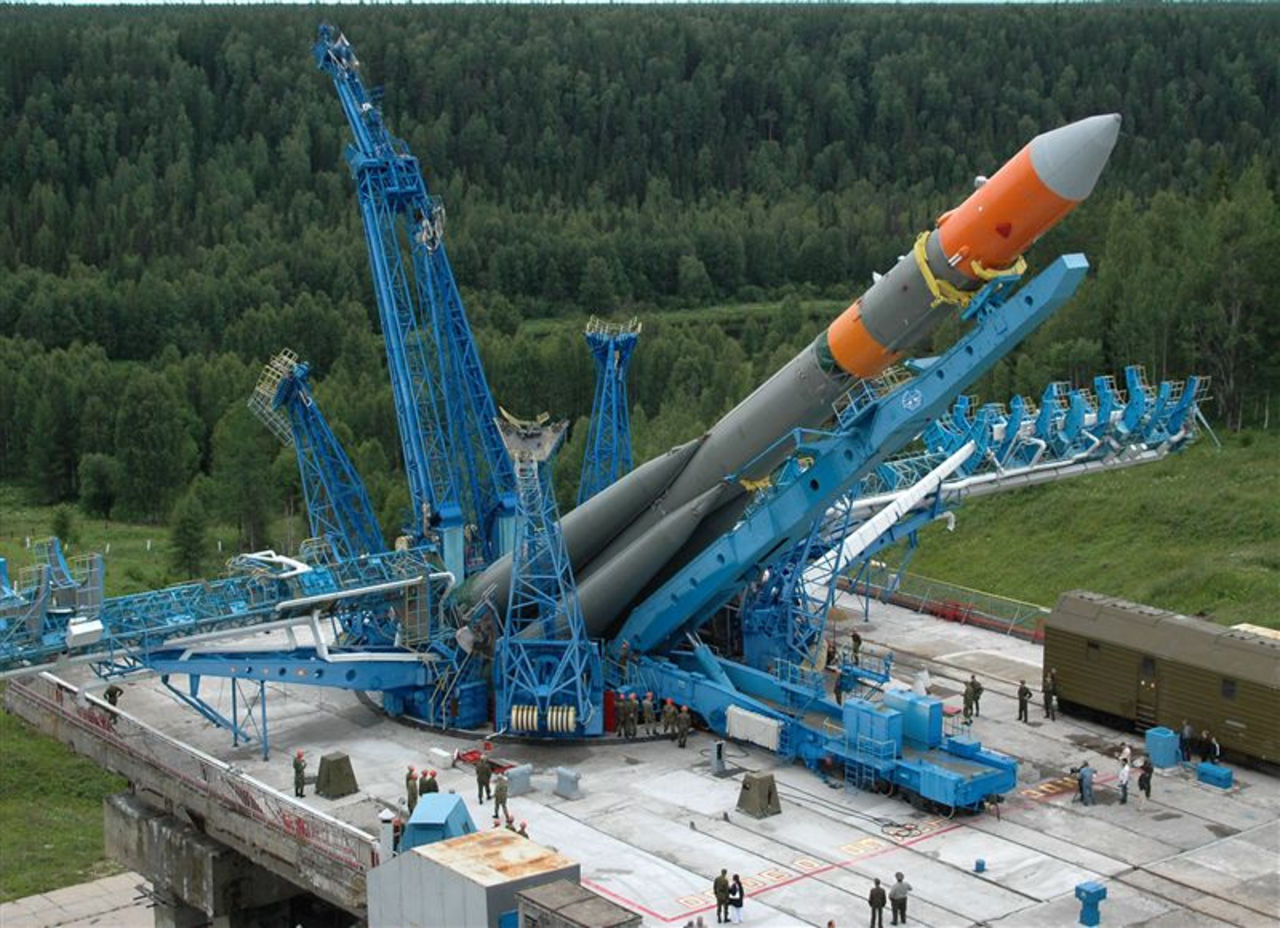Previous Spaceflight Launches
Filter by Agency, Locations or Vehicles
Show All LaunchesDelta II | Gravity Probe B
United Launch Alliance | United States of AmericaVandenberg SFB, CA, USA
April 20, 2004, 4:57 p.m.
Status: Launch Successful
Mission:
Gravity Probe B (GP-B) was a satellite-based experiment to test two unverified predictions of general relativity: the geodetic effect and frame-dragging. This was to be accomplished by measuring, very precisely, tiny changes in the direction of spin of four gyroscopes contained in an Earth-orbiting satellite at 650 km (400 mi) altitude, crossing directly over the poles.
Low Earth OrbitSoyuz-FG | Soyuz TMA-4
Progress Rocket Space Center | RussiaBaikonur Cosmodrome, Republic of Kazakhstan
April 19, 2004, 3:19 a.m.
Status: Launch Successful
Mission:
Soyuz TMA-4 begins Expedition 9 by carrying 3 astronauts and cosmonauts to the International Space Station. Russian Commander, cosmonaut Gennady Padalka alongside Flight Engineers, Michael Fincke (NASA) & André Kuipers (ESA) will launch aboard the Soyuz spacecraft from the Baikonur Cosmodrome in Kazakhstan and then rendezvous with the station. It landed on October 24, 2004, 00:35:00 UTC
Low Earth OrbitLong March 2C | Shiyan Weixing 1
China Aerospace Science and Technology Corporation | ChinaXichang Satellite Launch Center, People's Republic of China
April 18, 2004, 3:59 p.m.
Atlas IIAS | Superbird A2
Lockheed Martin | United States of AmericaCape Canaveral SFS, FL, USA
April 16, 2004, 12:45 a.m.
Status: Launch Successful
Mission:
SUPERBIRD-6, slated for an orbital slot at 158.0 degrees East longitude, will provide business telecommunication services using a Japan Beam for Ku-Band and Ka-Band services along with a steerable spot beam for additional Ka-Band services.
Geostationary OrbitProton | Raduga-1 7
Khrunichev State Research and Production Space Center | RussiaBaikonur Cosmodrome, Republic of Kazakhstan
March 27, 2004, 3:30 a.m.
Delta II | GPS IIR-11
United Launch Alliance | United States of AmericaCape Canaveral SFS, FL, USA
March 20, 2004, 5:53 p.m.
Proton-M | Eutelsat W3A
Khrunichev State Research and Production Space Center | RussiaBaikonur Cosmodrome, Republic of Kazakhstan
March 15, 2004, 11:06 p.m.
Atlas Agena B | MBSAT
Lockheed Martin | United States of AmericaCape Canaveral SFS, FL, USA
March 13, 2004, 5:40 a.m.
Ariane 5 G+ | Rosetta
ArianeGroup | FranceGuiana Space Centre, French Guiana
March 2, 2004, 7:17 a.m.
Molniya-M | Molniya-1T 93
Russian Space Forces | RussiaPlesetsk Cosmodrome, Russian Federation
Feb. 18, 2004, 7:05 a.m.
